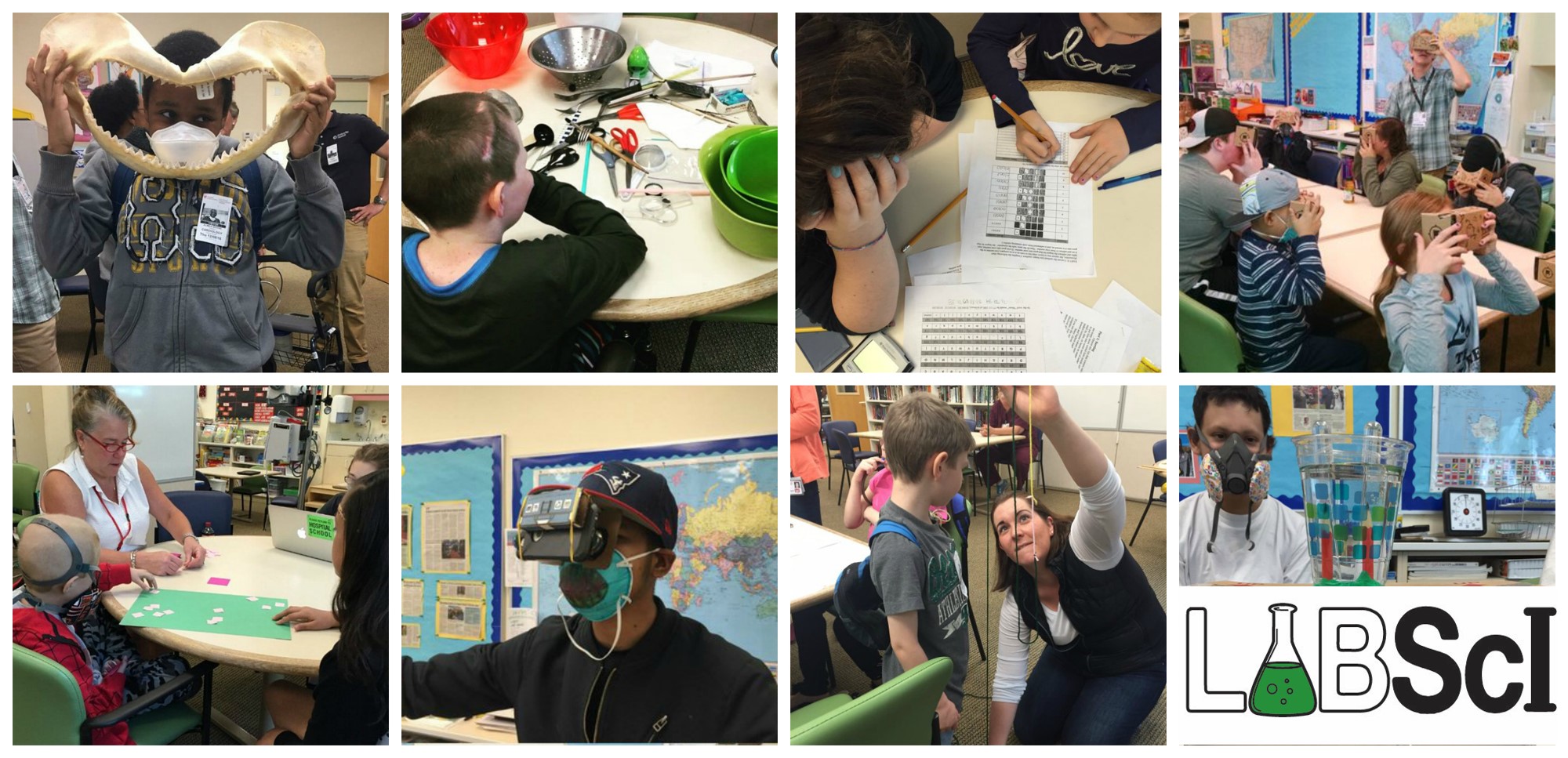In this 3-part lab, students will get an up-close and personal look at DNA, including its structure, how that structure is important for its replication, and how it is packaged and regulated.
Download the labs!
Student Version
Student Advanced Version
Teacher Version
Recommended Prerequisites:
- Both versions of the lab use a ruler to make basic measurements, which should be understandable for almost any age.
- The advanced lab has a few thought / concept questions which are likely difficult for those below high school science levels.
Key Concepts:
- DNA is made of strings of nucleotides. A nucleotide is a chemical molecule composed of one phosphate group, one sugar ring, and one nitrogen-containing base.
- DNA has 4 types of bases: Adenine, Thymine, Cytosine, and Guanine (A, T, C, and G). These bases have strict binding rules, as A only bonds with T (and vice versa), and C only bonds with G. This is important for DNA replication to work.
- DNA is carefully packaged in the nucleus to compact it, protect it, and control which parts of the DNA are turned on and off in different cells.
Materials:
Part 1 & 2 (per group of 2-4 students) – DNA Models
- 1 box DOTS gumdrop candy (5 colors per box) per 3 groups
- 1 box Crows licorice candy per 3-4 groups
- 1 box Twizzlers Bites (or similar*) per 3-4 groups
- 35 Toothpicks (flat, not round, if possible)
- Scissors
Part 3 – Strawberry DNA Extraction (also done in groups)
- Measuring cup
- Measuring spoons
- Rubbing alcohol
- Strawberries (3 per group)
- Salt
- Dish detergent
- Funnel
- Cheesecloth or coffee filter
- Tall cup / glass
- Sealable sandwich bags
- Test tubes (optional)
- Toothpick
Part 4 – DNA Compaction (per group)
- A ruler
- A calculator
- 2 meters of sewing thread
- 2 pieces of white string or yarn, with colored patches (location is important (one towards the end, and one roughly centered), but you don’t need to label them)
- 2 strips of Scotch tape, wrapped into a circle (sticky side out)
*Other pliable, but firm, candies can be substituted, such as “Circus Peanuts” or small caramels

Could you make a picture of the part with the pointer fingers?
Hi Arthur! Thanks for asking – there are photos of the pointer finger process (Part 4: DNA Packaging) in the Teacher version of the lab. Hope that helps!